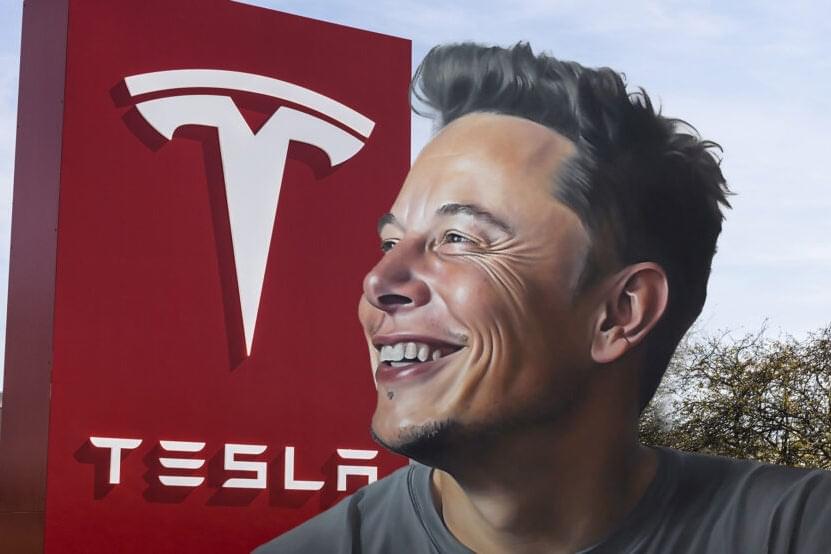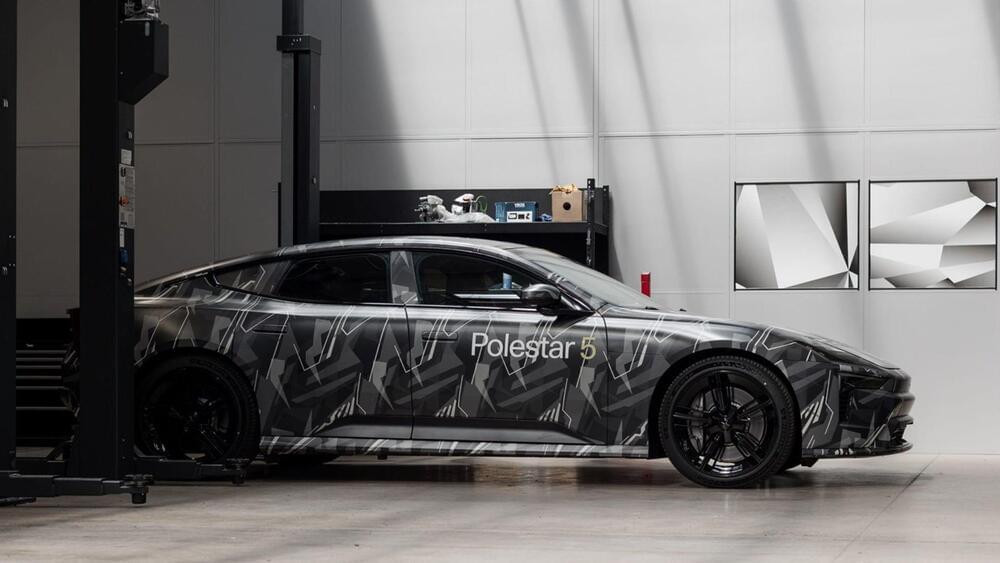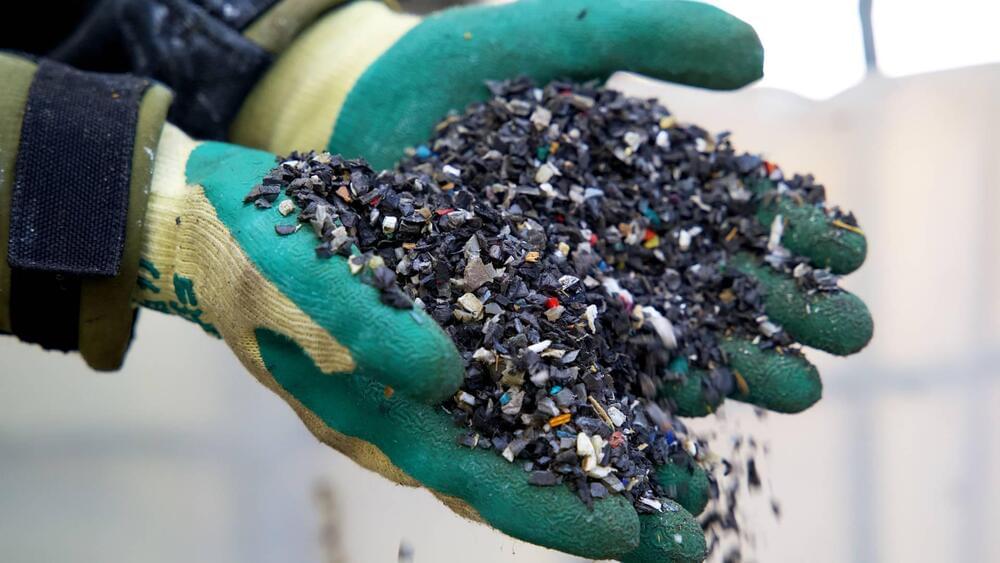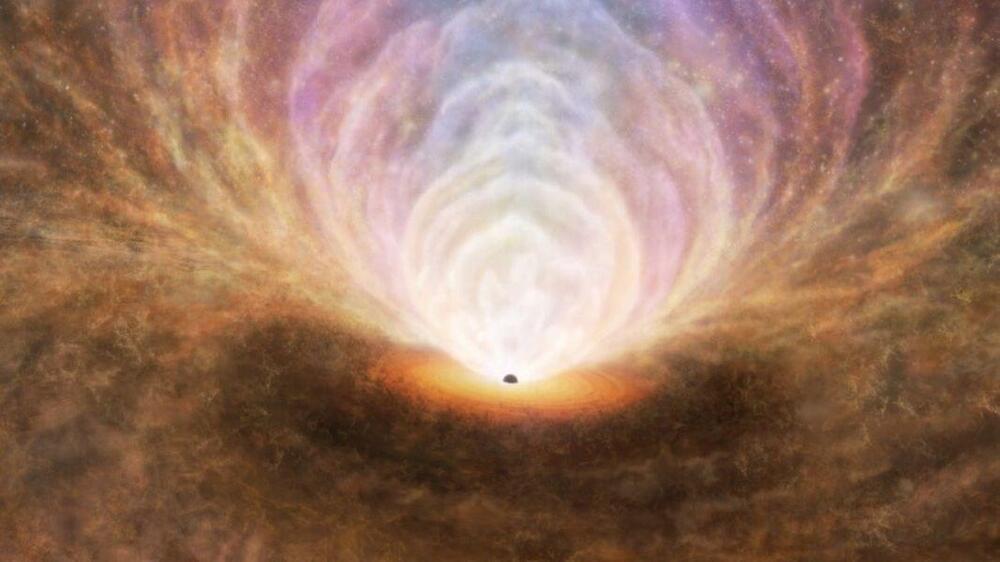“This is the first project of its kind to incorporate a social component into a traffic control system.”
Vehicle pollution is a significant contributor to air pollution worldwide making it both a global and local problem.
A researcher is using machine learning to create traffic light management systems that are socially and environmentally conscious making them ideal at lessening emissions from vehicles.







